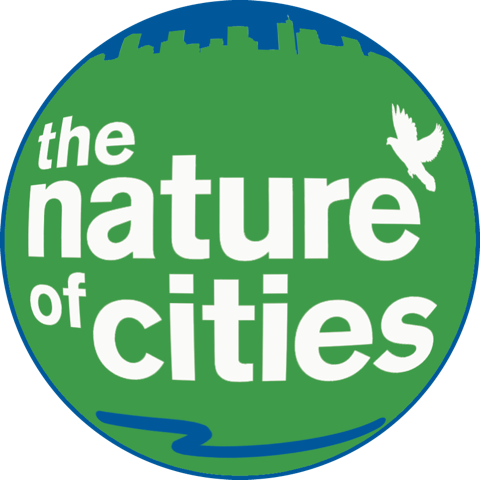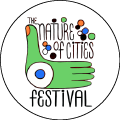6 December 2012
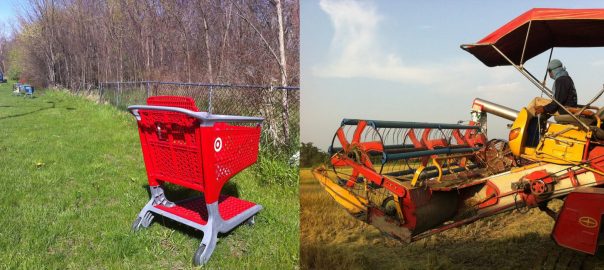
I left Springfield to study architecture in 1974, two years after passage of the Clean Water Act of 1972. The first watershed association in the U.S. was established the Connecticut River Watershed Council two years before my birth in 1956. I can measure my return to the Connecticut River Valley...
2 December 2012
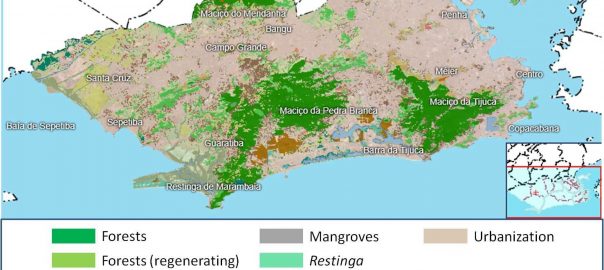
I have always thought – I am really lucky because I live in a city with rich biodiversity that still remains in patches spread in the hills and close to the ocean. In spite of other problems we have, being close to nature is a great asset that attracts countless...
28 November 2012
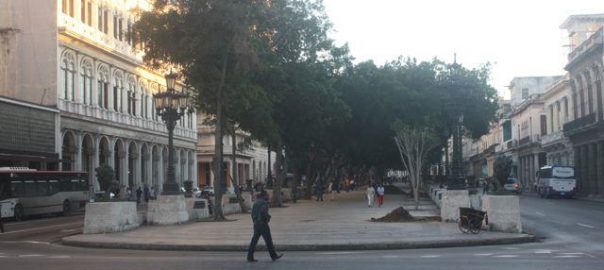
Who doesn’t love a list? The 100 richest people in the world. The best guitar players of all time. The most beautiful beaches in the world. The world’s “greenest cities”. The USA’s most livable cities. The most resilient cities. For people interested in the particular theme of the list, the lists...
18 November 2012
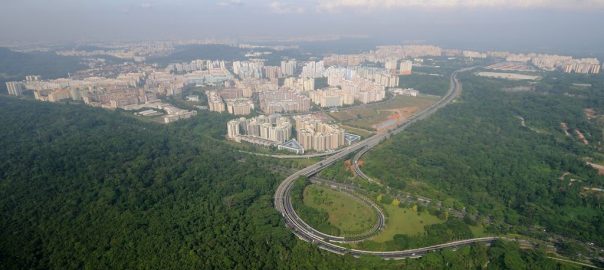
The Convention on Biological Diversity (CBD) currently has 193 Parties. It is indeed a challenge for each of the Parties, as a nation, to implement their commitments to an international convention like the CBD. How can each Party know how successful it has been in fulfilling its obligations to the...
14 November 2012
Coming just out of the whirlwind of the eleventh meeting of the Conference of the Parties to the Convention on Biological Diversity, in Hyderabad, India, from 8 to 19 October 2012, there are many reasons to celebrate. The Convention brings together the governments of 192 countries to discuss policies, actions...
10 November 2012

It is an irony that despite the magnificent natural beauty of Rio de Janeiro, the city itself is largely devoid of functioning nature. It is now time for Rio to not only to host global events such as the World Cup and Olympics, but to host its primary nature, not...
7 November 2012

With the global urban population expected to double to around 6.5 billion by 2050, the future outlook for biodiversity can be positive, particularly if biodiversity is seen as a part of the solution to some of our most urgent development challenges. Biodiversity underpins the functioning of the ecosystems on which...
29 October 2012
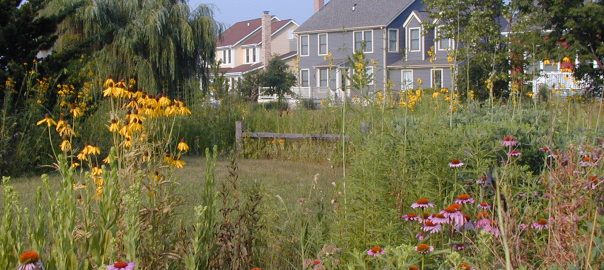
For the first time in our history, more people live in urban vs. rural areas and humans continue to move into cities. Cities have huge impacts on our natural resources. Urban dwellers consume vast amounts of energy, produce waste, and alter landscapes to the point where native plant and animal...
26 October 2012

Botanical gardens (BGs) are places where people like to be. They provide not only amenities and relaxation for the visitors but opportunities to learn about plants and their environment. In many cases they represent one of the few opportunities for city dwellers to connect with nature. At the same time...
22 October 2012
The near absence of any discussion of the environment in the presidential debates has led me to think about the state of the U.S. environmental movement. In one sense, conservationists in the U.S. should be proud of all that we have accomplished in cleaning up our air and water, restoring...
17 October 2012
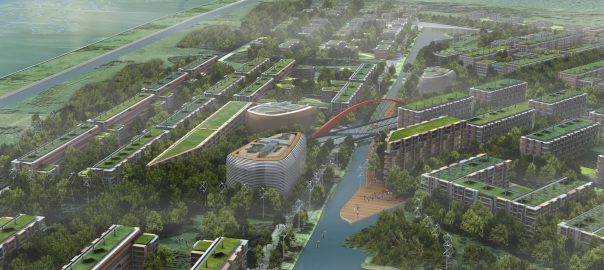
Urbanisation is spreading across the face of the planet at an unprecedented rate. Most of it is opportunistic; ad hoc development and shanty towns rather than master plans. Virtually none of it, planned or otherwise, incorporates the elements of natural capital that are needed to create sustainable cities. Every time...
14 October 2012
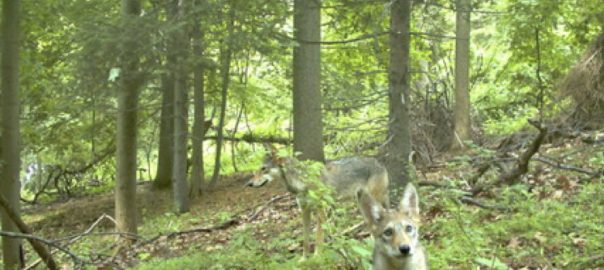
The future of the environmental movement lies in the world’s cities. In 2008, for the first time in human history, more of us lived in urban environments than in any other setting. This trend is only going to accelerate as human population approaches the 10 billion (!) mark by the...
10 October 2012
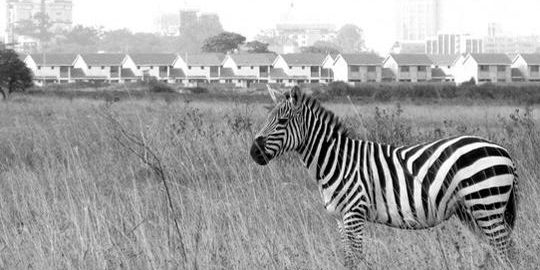
The frogs of suburban Nairobi Four years ago I moved to Nairobi and repaired the concrete-lined fish pond on my property. Soon thereafter the frogs appeared unbidden. Their performance generally begins with a single peep or croak and rapidly crescendos into something so dramatic and deafening that it feels more...
7 October 2012

There is no single path to sustainability. As Thomas Elmqvist wrote in a recent blog post, each city has its own challenges and opportunities for sustainable growth, and yet we all have much to learn from each other. Reading the past weeks of blogs on the Nature of Cities has...
3 October 2012

The world is increasingly urban, interconnected, and changing. If current trends continue, by 2050 the global urban population is estimated to double and be around 6.5 billion. Most of future urban growth is expected to happen in small and medium-sized cities, not in megacities, and approximately 60% of the projected...
30 September 2012
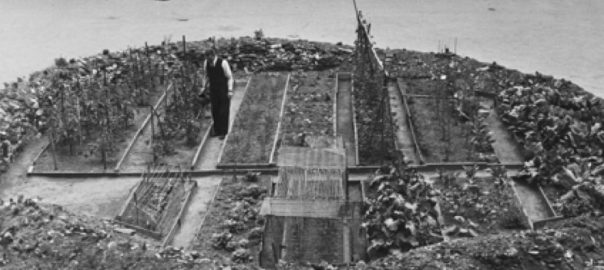
At the international conference Resilience 2008, which gathered more than 600 leading scientists, business leaders and politicians in Stockholm, Sweden, I was struck by the Changing Matters art exhibit that explored resilience themes. One of the artists, Jon Brunberg, shared a piece called 19 Years, a one-minute Flash animation that...
25 September 2012
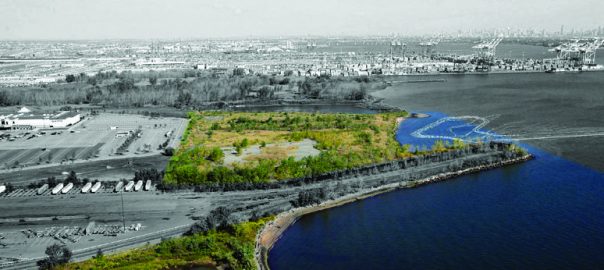
In 1990 the municipal landfill of the City of Elizabeth, New Jersey (near New York City) was officially closed and a leachate system, layers of cleaner soils, and two brand new wetlands were constructed. The landfill, located on the waterfront on Newark Bay, on top of the mouth of a...
18 September 2012
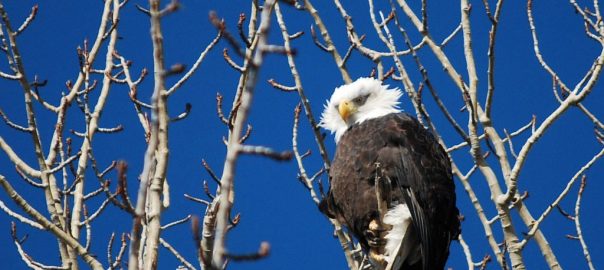
I have been getting quite the education on “The Nature of Cities” these past few months, while taking in the perspectives of academics, ecologists, naturalists, architects and urban designers, educators, and conservationists (some contributors wearing several hats). I have been impressed—and at times overwhelmed—by the scope of research, activism, and...
11 September 2012

Much of the fabulous writing on The Nature of Cities blog site to date has focused on integrating the built and natural environment, erasing, or at least softening the lines that separate the natural and the manmade. I would like to shift focus a bit and explore the intersection between...
5 September 2012

For all of us working in the field of “cities and biodiversity”, it is well worth reflecting on our achievements. We can take personal satisfaction knowing that we contribute to a meaningful cause with tangible results. Every scientific paper, policy-brief and newsletter, every side event, meeting and presentation, every phone...


